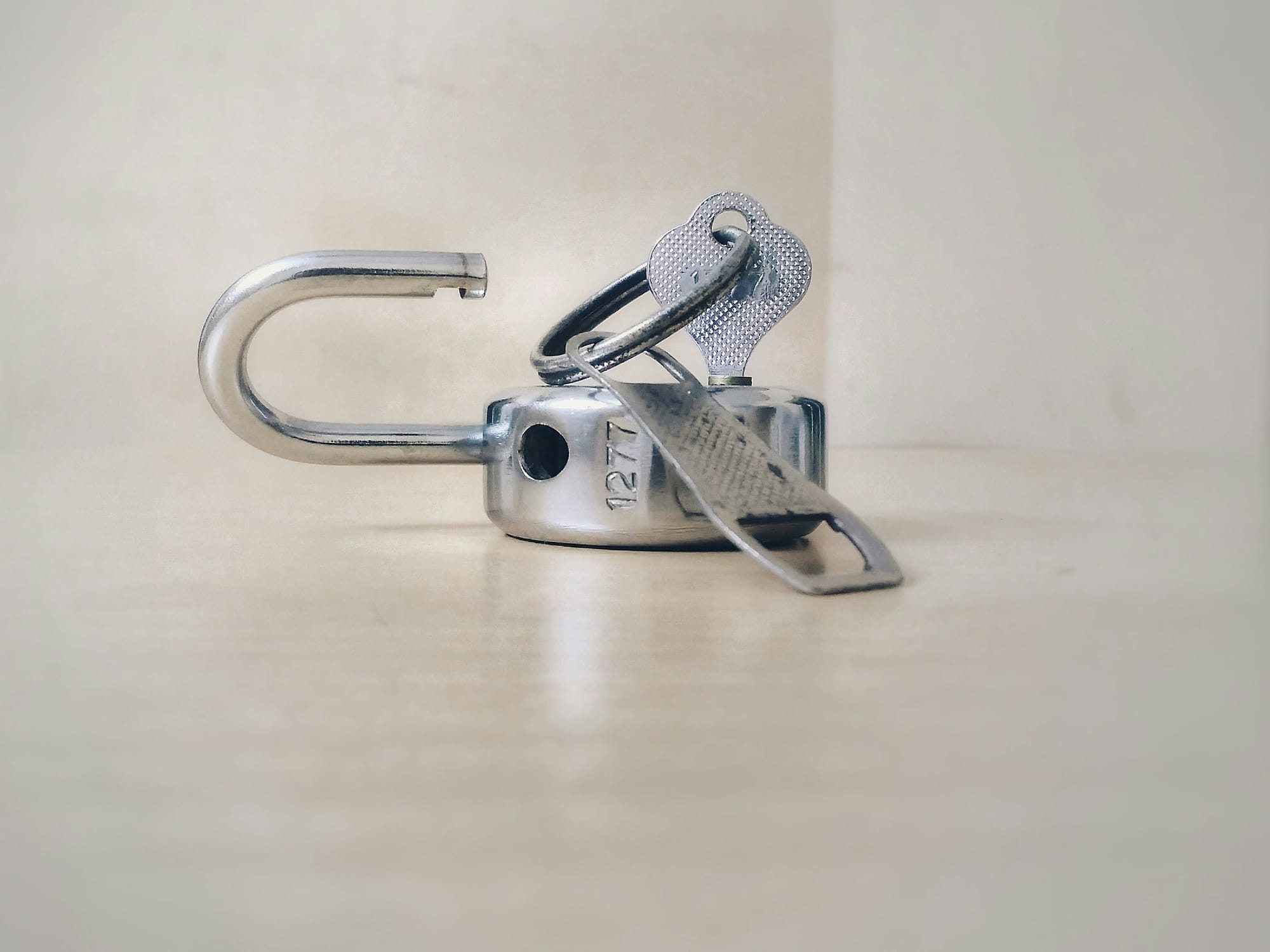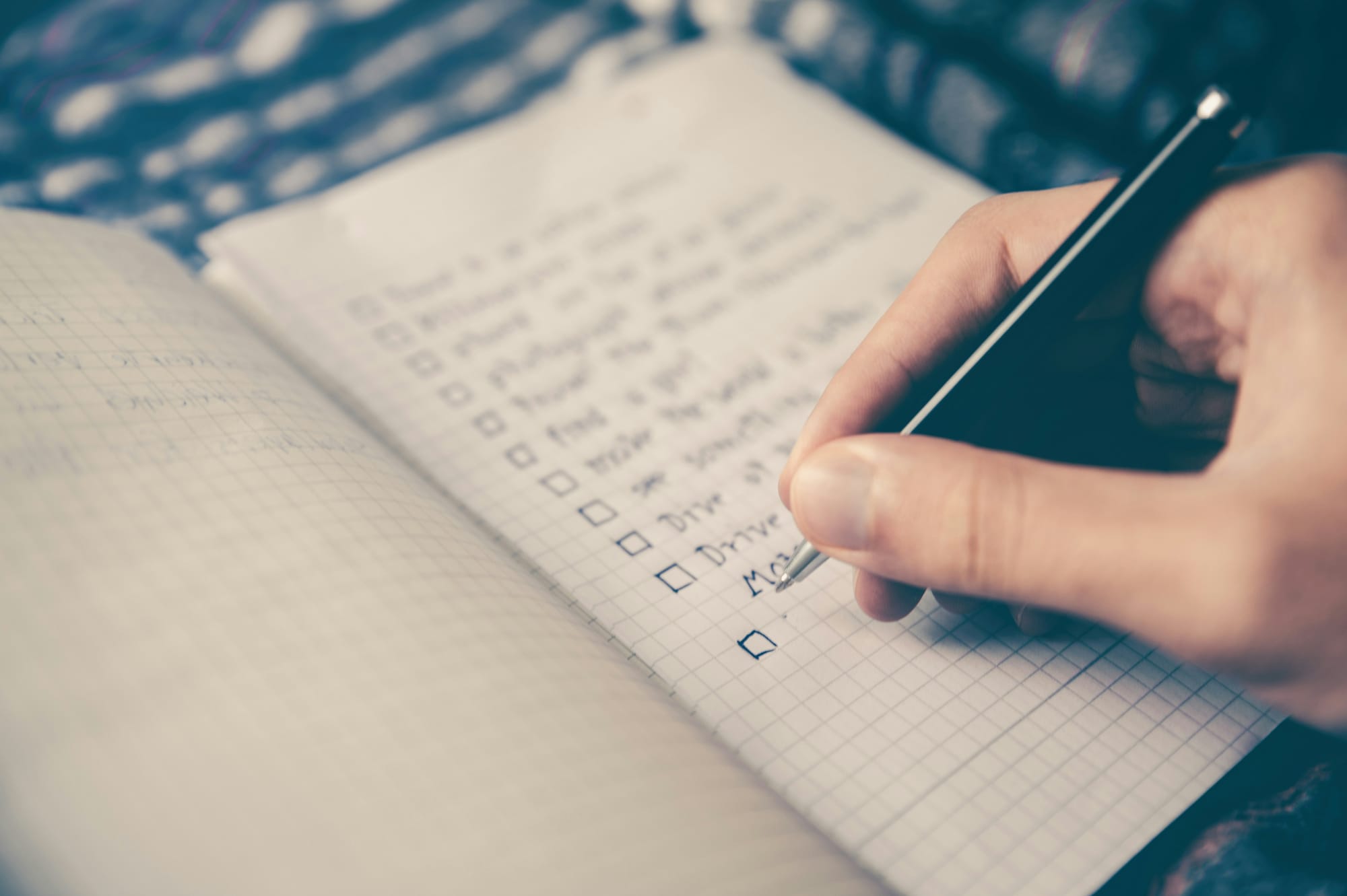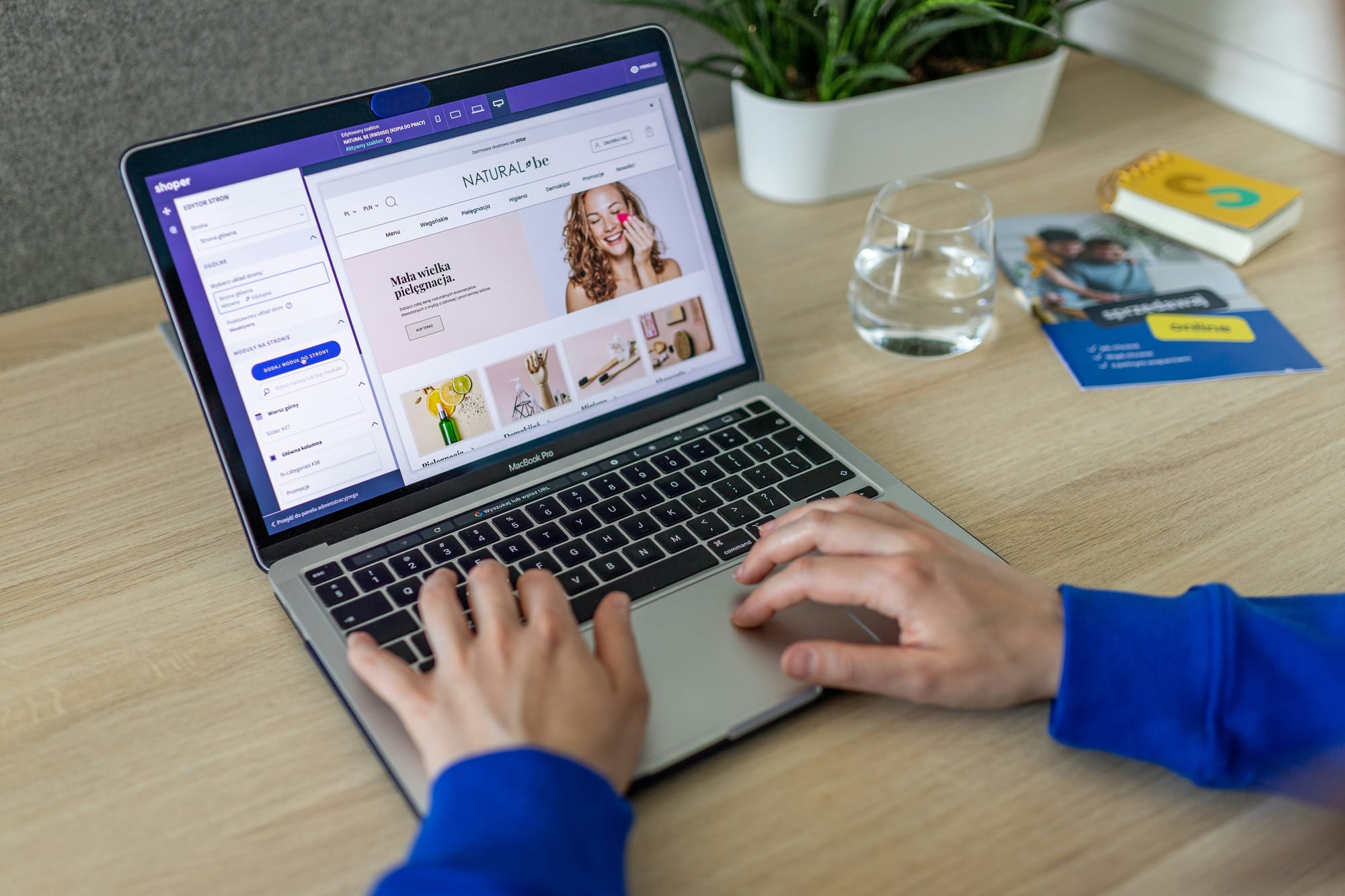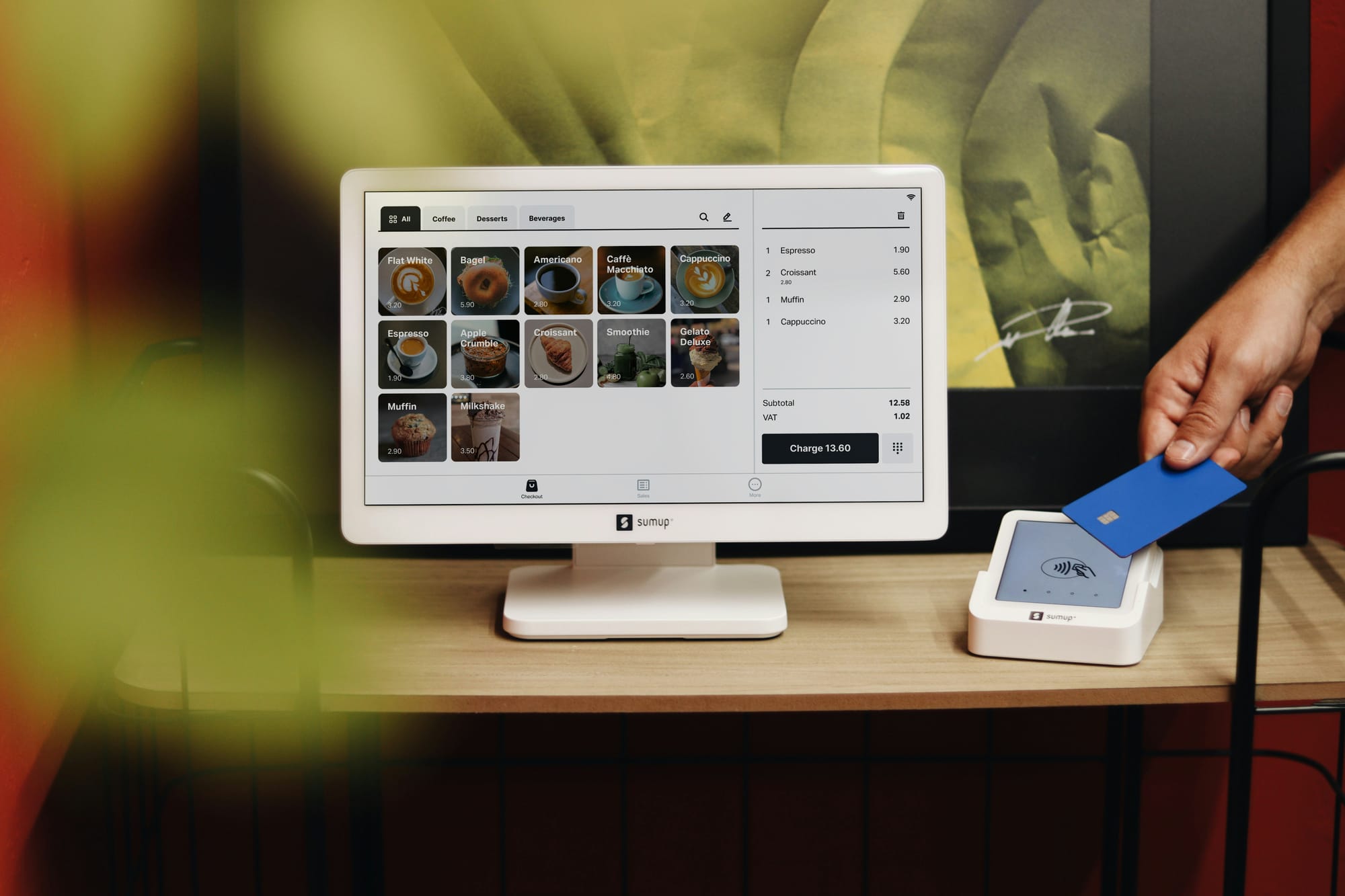Conversion rate optimization for landing pages - best practices to boost performance
Landing pages are the gateways of your online business. Whether you run an e-commerce store or a SaaS company, optimizing these pages is essential to converting visitors into leads or customers. However, designing a visually appealing landing page is just the beginning - conversion rate optimization for landing pages is where the real magic happens.
This blog will walk you through some landing page optimization best practices to help you boost your landing page conversion rates and improve overall performance.
Why conversion rate optimization for landing pages is crucial
Your landing page is often the first touchpoint potential customers have with your brand. Its performance directly impacts your bottom line. The higher your conversion rate, the more value you extract from your existing traffic without increasing acquisition costs. In other words, if you’re already spending on driving traffic to your landing page, improving landing page performance ensures that you’re getting the best possible ROI on that investment.
But where do you start? Here are seven tried-and-tested best practices for landing page optimization that can significantly boost your conversion rates.
1. Craft a clear and compelling headline
The headline is the first thing visitors see when they land on your page. A powerful, concise, and clear headline grabs attention and sets the tone for the rest of the page. It should immediately communicate the value proposition of your product or service.
For example, instead of saying "Welcome to Our Service," try something more compelling like "Get More Done in Less Time with Our Streamlined Project Management Tool."
Clarity and relevance here are crucial to ensuring that visitors stay on the page.
2. Optimize for speed and mobile responsiveness
Nothing kills a potential conversion faster than a slow or poorly responsive landing page. Studies show that even a one-second delay in load time can result in a 7% decrease in conversions. Optimize image sizes, reduce unnecessary scripts, and use browser caching to improve load times.
Moreover, mobile traffic now accounts for more than half of web visits globally. Ensuring your landing page is fully optimized for mobile users is no longer optional - it's essential for improving landing page performance. Use responsive design techniques to ensure a seamless user experience across all devices.
3. Create a focused and action-oriented Call-to-Action (CTA)
Your landing page’s call-to-action is the catalyst for conversion. It needs to stand out and be action-oriented, guiding the visitor to take the next step. Whether it’s “Sign Up for Free”, “Get Started Now” or “Download Your Free Guide”, your CTA must be clear, compelling, and visually distinct.
Location matters too. The CTA should be above the fold, but you can also include additional CTA buttons throughout the page, especially on longer landing pages, ensuring the visitor has ample opportunity to convert.
4. Use social proof to build trust
Visitors are more likely to convert when they see that others have had a positive experience with your business. This is where social proof comes in. Displaying customer testimonials, user reviews, case studies, or even logos of companies that use your product can build trust and credibility.
Consider including statistics or real-life results that showcase the impact of your product or service. Phrases like "Trusted by 10,000+ Companies Worldwide" or "See how we helped XYZ increase their sales by 50%" are highly effective in boosting landing page conversion rates.
5. A/B test elements on your landing page
A/B testing is one of the most effective ways to optimize your landing page conversion rates. It involves comparing two versions of a landing page to see which performs better. You can A/B test headlines, CTAs, images, copy length, form fields, and even color schemes.
For instance, if you’re unsure whether a short or long form works better for your audience, create two versions and run an A/B test. Even small changes, such as tweaking a headline or changing the color of a CTA button, can result in significant improvements in conversion rate.
6. Simplify Your forms
When it comes to landing page forms, less is often more. Long forms with too many fields can be intimidating and lead to higher abandonment rates. Instead, only ask for the information you truly need to convert the lead or customer.
For example, if you’re offering a downloadable resource, asking for a name and email might suffice. In contrast, for a high-value SaaS product, you might require more details, but always consider the trade-off between lead quality and conversion rate when deciding how much information to request.
7. Use visual hierarchy to guide user attention
The layout and design of your landing page should guide the user’s attention naturally to key areas, such as the headline, value proposition, and CTA. This can be achieved through a strong visual hierarchy - using size, color, and placement to emphasize important elements.
For example, use contrasting colors for your CTA button to make it pop on the page. Place key information above the fold, and utilize whitespace effectively to create a clean, uncluttered design that draws the user’s focus to what matters most.
Put it into practice
Conversion rate optimization for landing pages isn’t a one-size-fits-all approach. It requires continuous testing, analysis, and refinement. However, by applying these landing page optimization best practices - creating compelling headlines, improving page speed, simplifying forms, and incorporating social proof - you’re well on your way to improving landing page performance.
Ultimately, the goal is to create a seamless and persuasive user experience that converts visitors into paying customers. By focusing on what drives conversions and testing every element of your landing page, you can continually improve your landing page conversion rates and, by extension, your overall business performance.
Ready to improve your landing page optimization strategy?
Start now by using ConversionWax to optimize, personalize and schedule your landing page content.
-

Unlock the benefits of website personalization
-

E-commerce conversion best practices
-

Your ultimate Conversion Rate Optimization checklist
-

How to: complete a Conversion Rate Optimization audit
-

An easy guide to ecommerce website optimization
-

Your guide to Conversion Rate Optimization best practices
-

Landing page optimization - maximizing your conversions
-

Website performance optimization techniques to boost your online business
-

Benefits of website personalization for online businesses
-

How to improve your ecommerce checkout conversion

